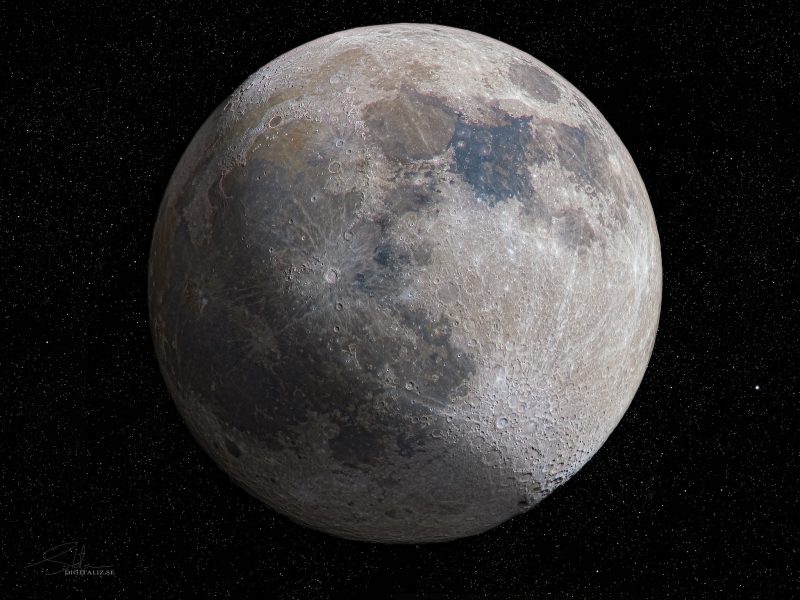That never caused too much trouble for an Old Earth Creationist (OEC) view of things. Most OEC (such as Reasons to Believe) think that the "heavens and the earth", including the moon, were created in verse one, but were not made, appointed to their roles and set in position (stable orbit) or visible from the surface, until the fourth "day" of Genesis chapter one. Still, I was always a bit uncomfortable with the idea that the moon was carved out of the earth and was almost "birthed" by it from a giant impact. That is the kind of thing you would think that the text would at least allude to.
It was also hard to reconcile with the text saying that the early surface of earth was covered with water, a statement which science has confirmed. Even if the underlying crust was molten due to increased internal heat, a blast like that should have vaporized oceans. Shouldn't the text of early Genesis at least hint at such an event when describing these things?
Add to it the fact that our moon is very unusual among planets. It is much closer in size to its host planet than any other moon. It stabilizes earth's orbit and produced regular and substantial tides. Perhaps it does things for us that are necessary to sustain advanced life.
Well, the study I mentioned changes the picture considerably. It turns out only the outer layer of the moon has a chemical composition like earth- indicating it came from the same place. The inner part of the moon has a different composition, indicating a different origin. The article of course stuck to the party line about the "giant impact theory" being the cause. But the fact that the moon is really composed of an earth-like "crust" over a mantle and core of a different sort of world raises other possibilities.
What if there never was a giant impact of "Theia" and earth? What if instead there was a period of intense asteroid bombardment of early earth and the larger strikes each blasted a much smaller amount of fragments into earth orbit? Perhaps early earth had a bit of a "ring" of debris. Then Theia came along and was "made" into the moon by scooping up these fragments and adding them to its mass in a series of smaller but still potent impacts. If Theia had started in a somewhat different orbit from earth that would have changed as the debris moving in earth orbit transferred its momentum to the growing moon. So this "no giant impact" hypothesis explains the same facts, including less water on the moon than expected, and fits better with the text of Genesis chapter one.
******************


No comments:
Post a Comment
Note: Only a member of this blog may post a comment.